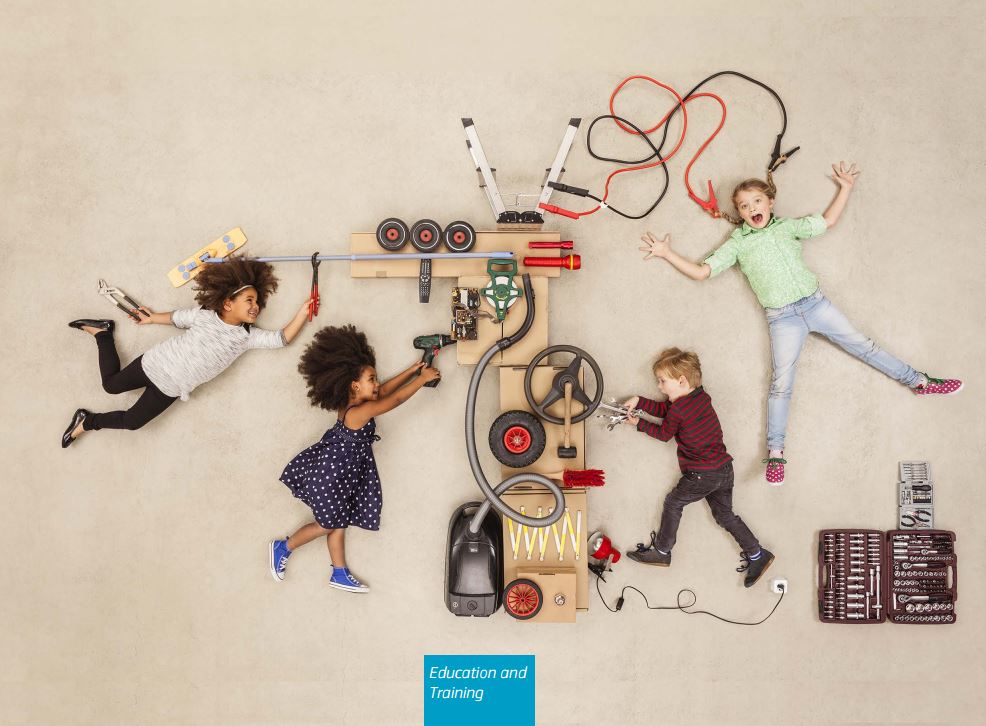Eurydice describes key elements of the School 2.0 for the 21st century
Published:
The Eurydice network has recently published an article about innovation in education and how to adapt schools to the new challenges of the 21st century, pointing out a number of aspects to improve, such as curriculum, the architecture of classrooms, and teaching methods and forms.
Eurydice argues that in our fast changing society, schools need to provide young people with skills necessary for adapting to constantly evolving Information and communication technologies. Eurydice advocates for entrepreneurship education as a way to encourage young people to develop their own ideas and become innovators in the areas in which they live and work. ETUCE has repeatedly pointed out that the primary objective of education is not to meet the specific needs of the labour market but to educate for life. ETUCE supports the other string of arguments highlighted by Eurydice which suggests that students’ intelligence must be rethought and more importance should be given to the development of their social and emotional intelligence.
Regarding the forms and methods used for educating in the School 2.0, Eurydice states that school and classroom architecture and structure have a significant impact on students’ well-being and efficiency and can be a source of stress for students. Instead of the traditional layout of classrooms (pupils in a row with the teacher at the front), Eurydice suggests more adaptive, multifunctional spaces where students can work collaboratively in groups which boosts students’ creativity, critical thinking and communication skills. The article also proposes the development of technological and pedagogical innovations through the increased use of ICT in education and the introduction of practical experience outside of the classroom, such as, for example, working with nature or creating companies.
ETUCE welcomes the innovations proposed by Eurydice for the school of the 21st century and supports the use of ICT in the education as a tool to lay the foundation for further academic pursuits, employment, active citizenship and social cohesion. However, it is important to note that innovation does not per se result in positive outcomes and, if not well regulated, digitalisation could lead to the worsening of social and territorial inequalities and wider the gender digital divide. To prevent this, it is essential to provide sufficient public funding for education, including adequate initial and continuous professional training programmes for teachers, and to ensure a responsible and effective use of ICT. A successful use and integration of ICT and other innovations of the School 2.0 to help deliver quality education in the 21st century depends largely on highly-qualified and motivated teachers. ETUCE member organisations strive for good working and learning conditions, for an adequate infrastructure and sufficient funding of ICT in education institutions and, finally, for the safety and well-being of students and education personnel.
To read the full Eurydice article, click here.